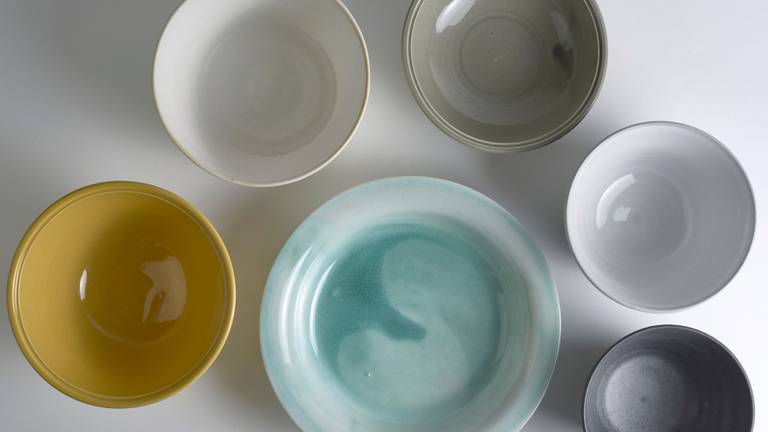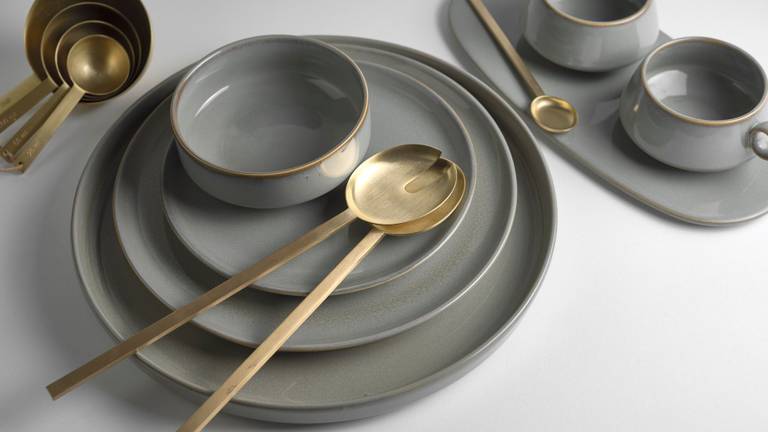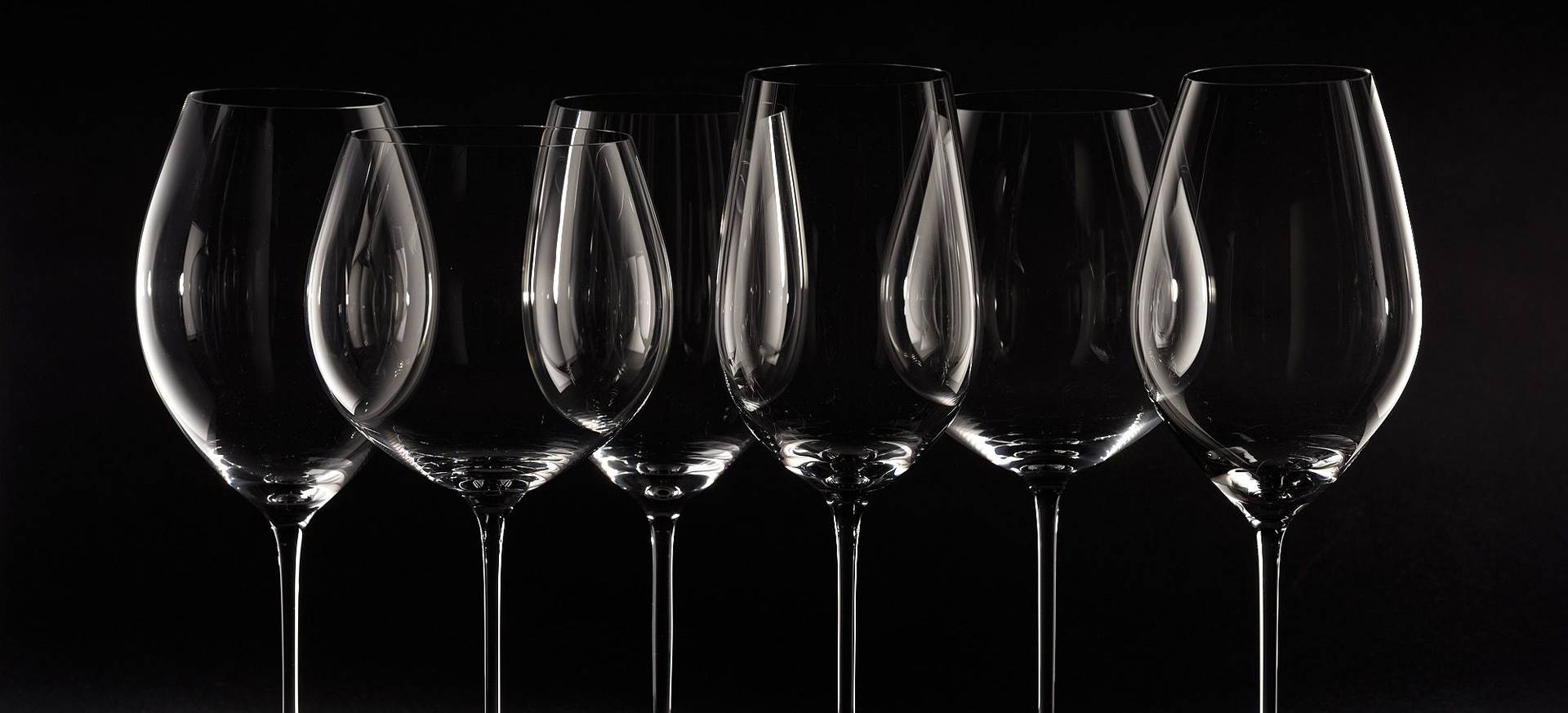
This article contains advertising.
Instruments rather than glasses – this is how Riedel itself describes its products. You might say they are just glasses, but believe me, they can be more than that. First of all, let me make something clear. A wine glass does not change the taste of a wine, but a good wine glass combined with a high-quality wine will allow you to experience significant differences. This starts with the initial visual perception and nose of a wine until it smoothly passes over your tongue.
Riedel history
The company from Kufstein in Tyrol has a long history, which dates back to 1756 and is now run by the eleventh generation. Riedel has experienced ups and downs over the years to become as great as they are today. Expropriation and imprisonment after World War II are as much a part of the company’s history as milestones in glassmaking like the Vinum series. Riedel managed to produce the Vinum glasses by machine, adapted to the grapes, with worldwide recognition and the possibility of actually being affordable.
The Veritas line
They have never stopped with the development of new techniques and series. So, wine lovers and top restaurants around the globe are convinced that Riedel glasses are the absolute standard. Riedel keeps launching great products, such as the Veritas series, the thinnest machine-blown glasses in the world. I am even more pleased to show you some great glasses below.
What makes a good wine glass?
A good wine glass is constructed according to its intended use. Its shape, thickness and rims are precisely adapted to its use. It contributes to the flavor of wine or reduces it, if necessary. For example, if a wine needs to breathe, it also needs the space to do so through a larger evaporation area in bulbous glasses. Good wine glasses transport the wine to the exact spot on the tongue where it is most effective or needs support (tip of the tongue sweet, bitter at the end or salty and sour at the side). The glass as an “instrument” is then wide or slightly tapered toward the edge. It promotes an immediate perception of temperature, because thick glasses tend to affect the beverage temperature, which is conceivably undesirable with wine. Now I would like to explain some glasses and point out the most important factors.
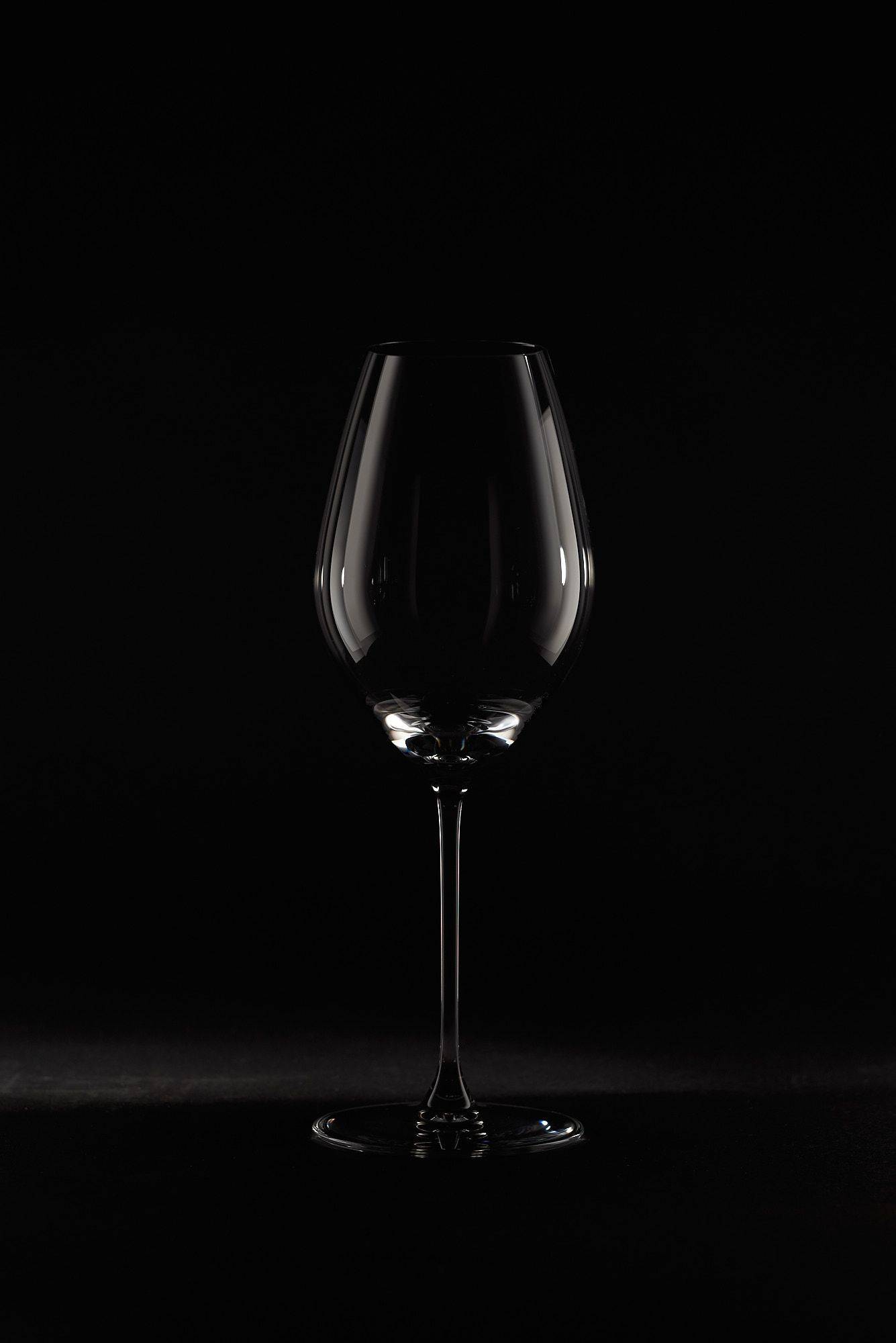
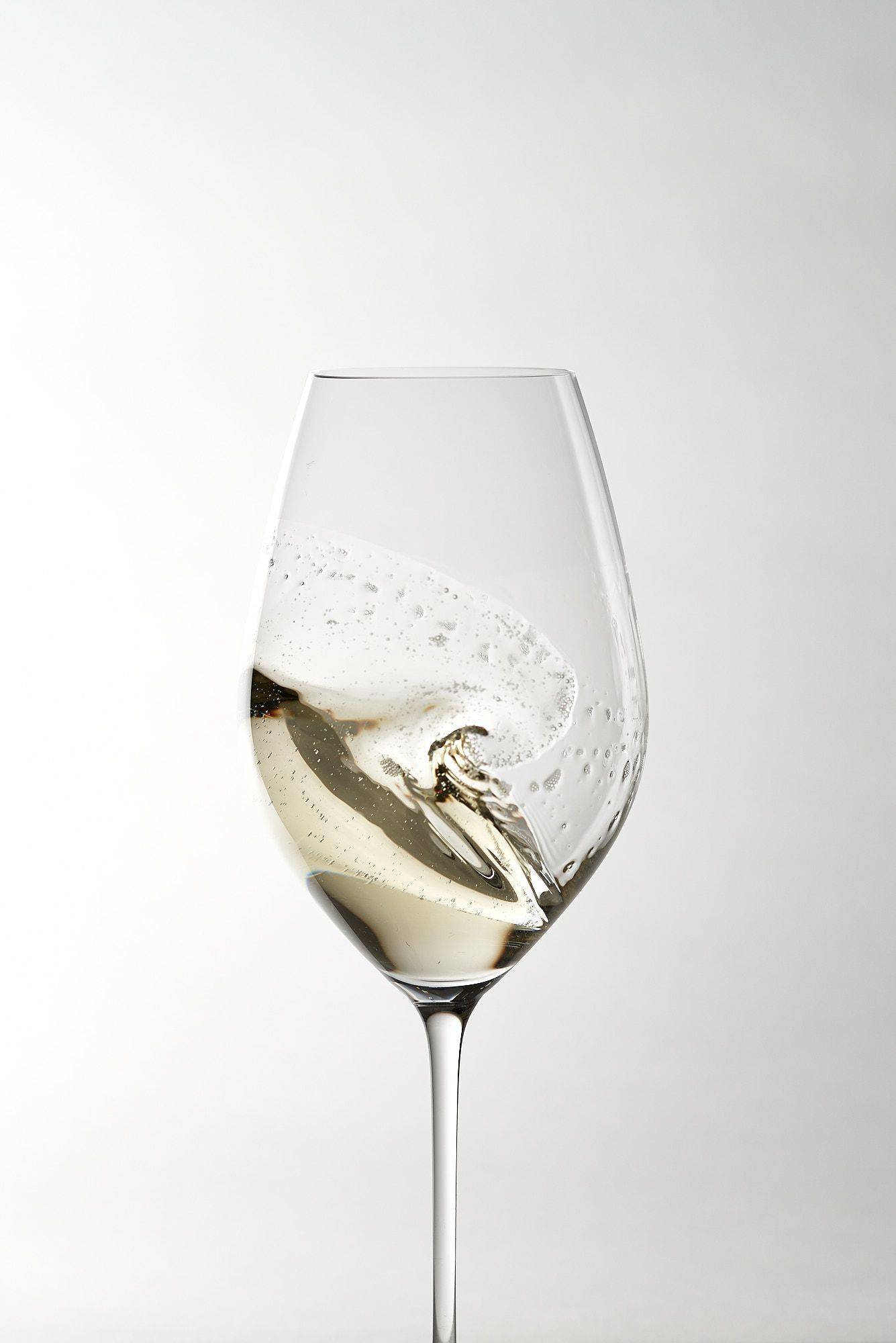
Veritas Champagne wine glass
A Champagne lives from its fine perlage and fragrance. This is usually underlined by the narrow shape. Thus, the drink runs from these glasses centrally on the tongue, bubbles finely and the carbonic acid has little room to escape. Nevertheless, champagne can also be poured into a wider glass. For example, a Champagne with a high Chardonnay or Pinot Noir content is often served in wider and more attacking glasses to enhance the aroma development. The Champagne glass of today can therefore resemble the white wine glass. A development that goes against tradition rather than the choice of grape varieties used. This glass allows the balance between a Champagne glass and a Riesling glass. For me, the best way to enjoy champagne or sparkling wine, because here the flavors are more allowed.
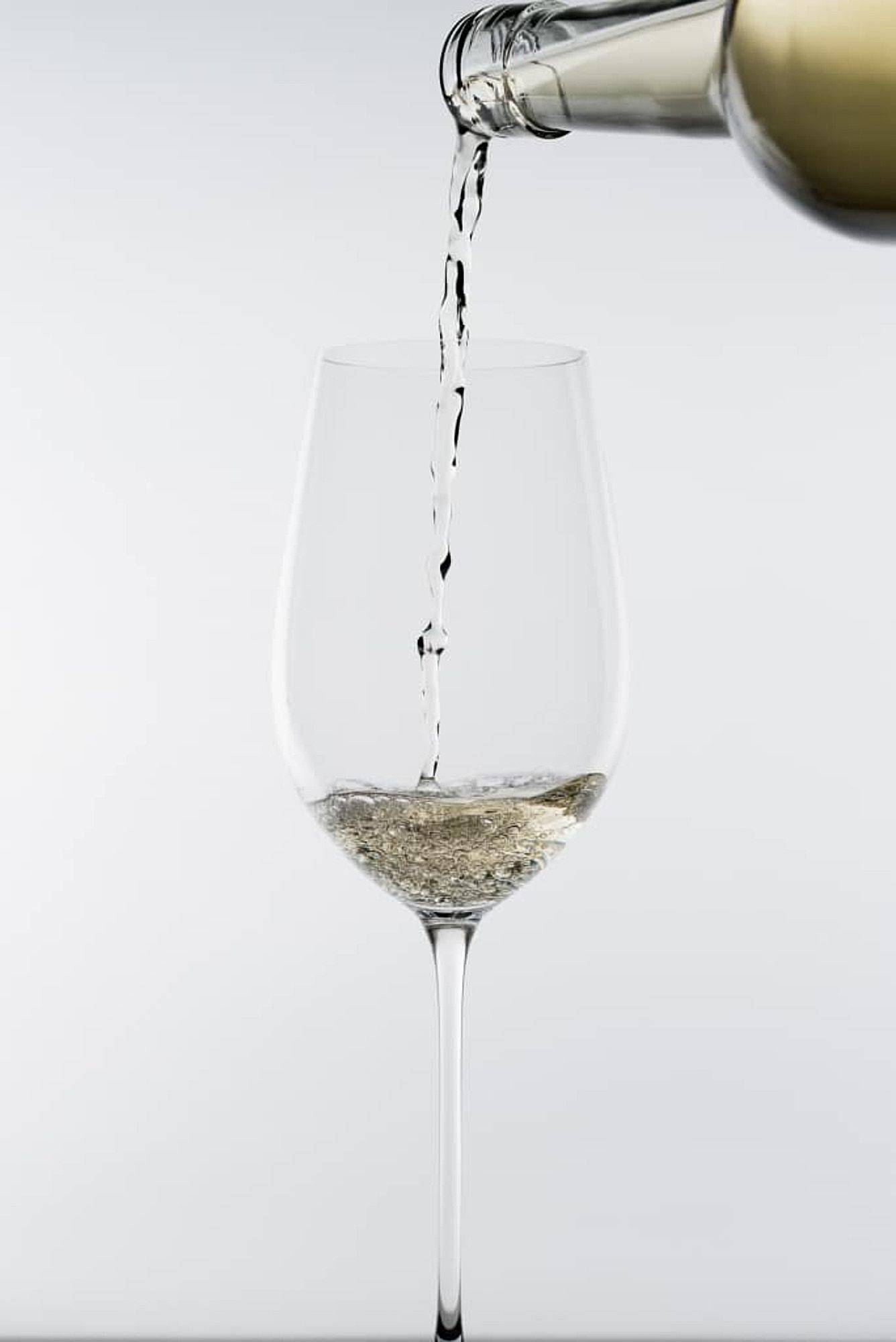
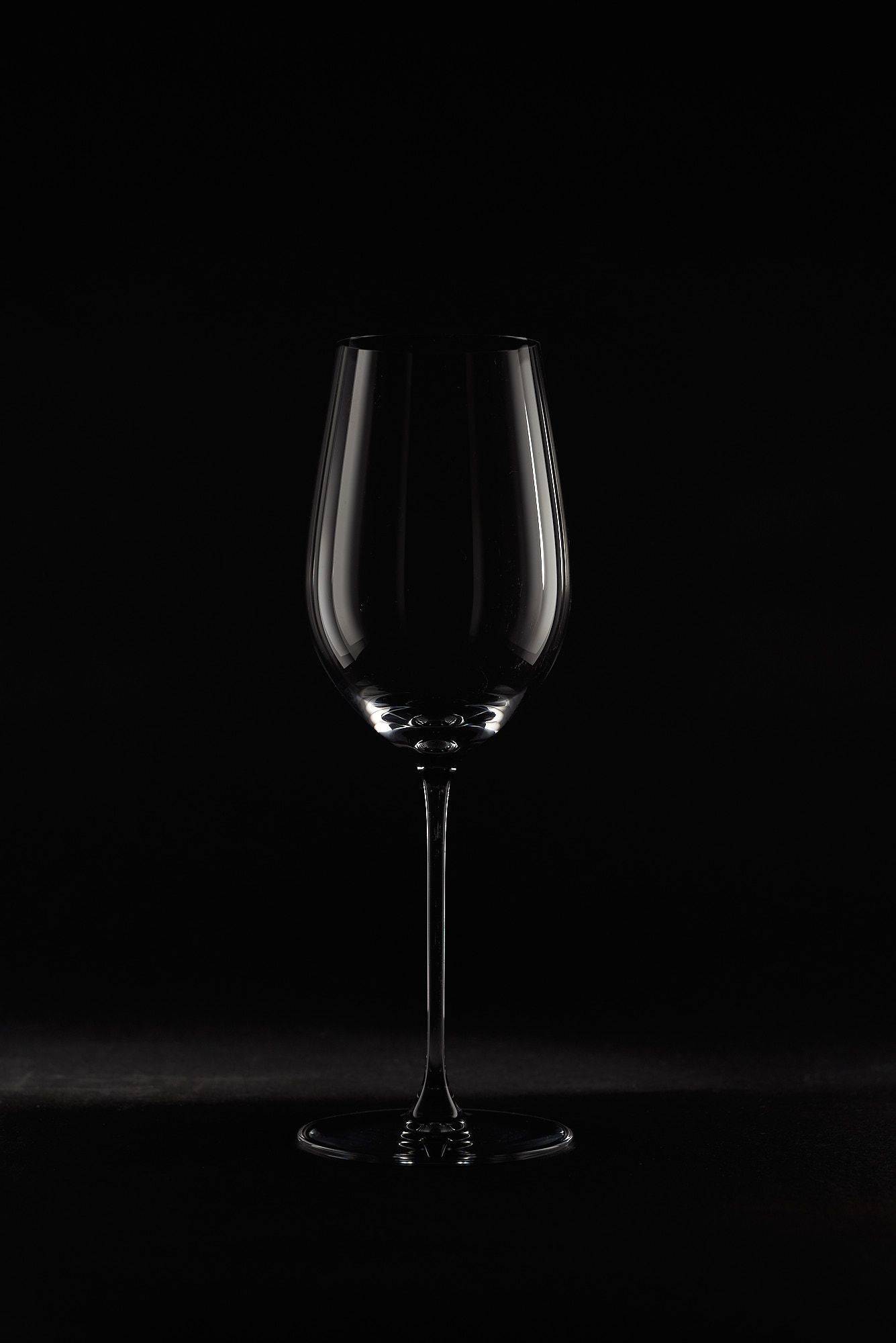
Veritas Riesling / Zinfandel glass
This white wine glass is one of the most common and is usually the first form of this series in any cabinet. The “normal” person hardly distinguishes the white wines. Nevertheless, the handling, for example, is quite similar to the red wines. The Riesling, on the other hand, is served in slender glasses. It has a lot of fruit, fragrance and acidity and does not need much help in perception. Likewise, Zinfandel or Primitivo (same grape) is drunk from such a glass. So, it is quite advisable not to distinguish only between red and white wine glasses. Here and there the opposite is questioned, thus strengthening the perception of these wines.
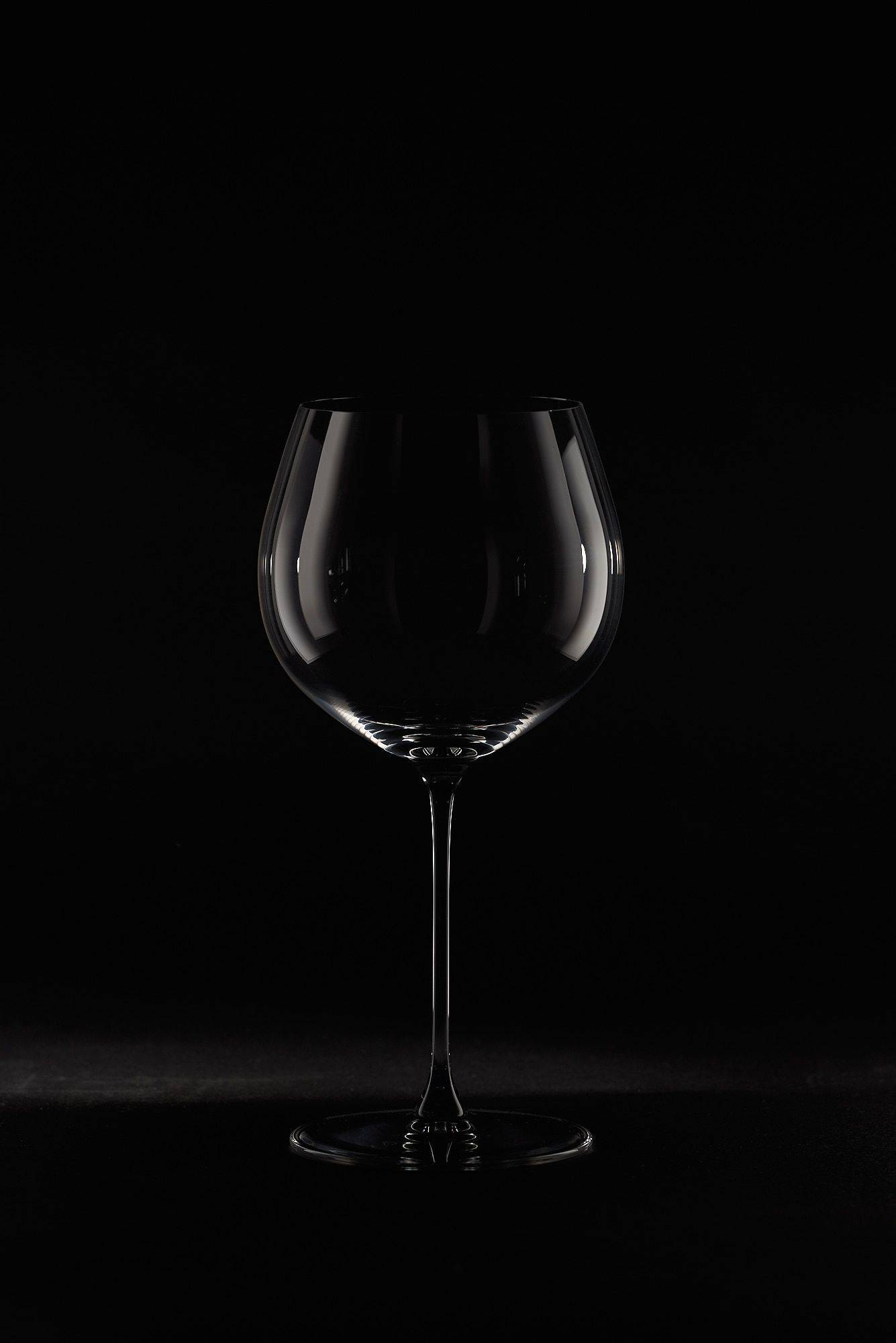
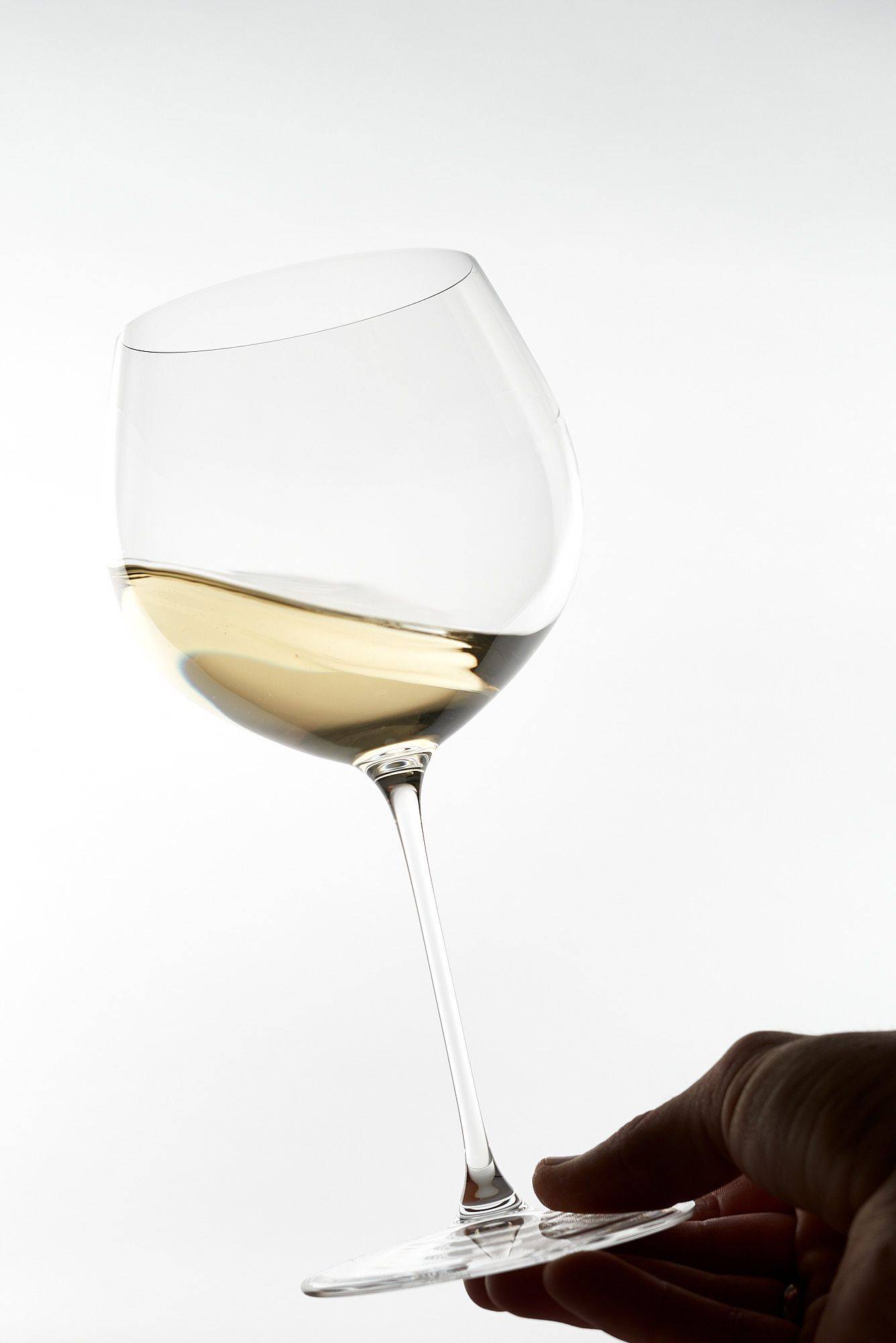
Veritas Oaked Chardonnay glass
A white wine that has been aged in oak barrels has a much more complex aroma after its maturation in the barrel and therefore needs space to develop. Here, people like to reach for the bulbous glasses. This allows the aromas to develop more quickly and the glass becomes a better companion. If you only have one red and one white wine glass, it is recommended here to reach for the red wine glass.
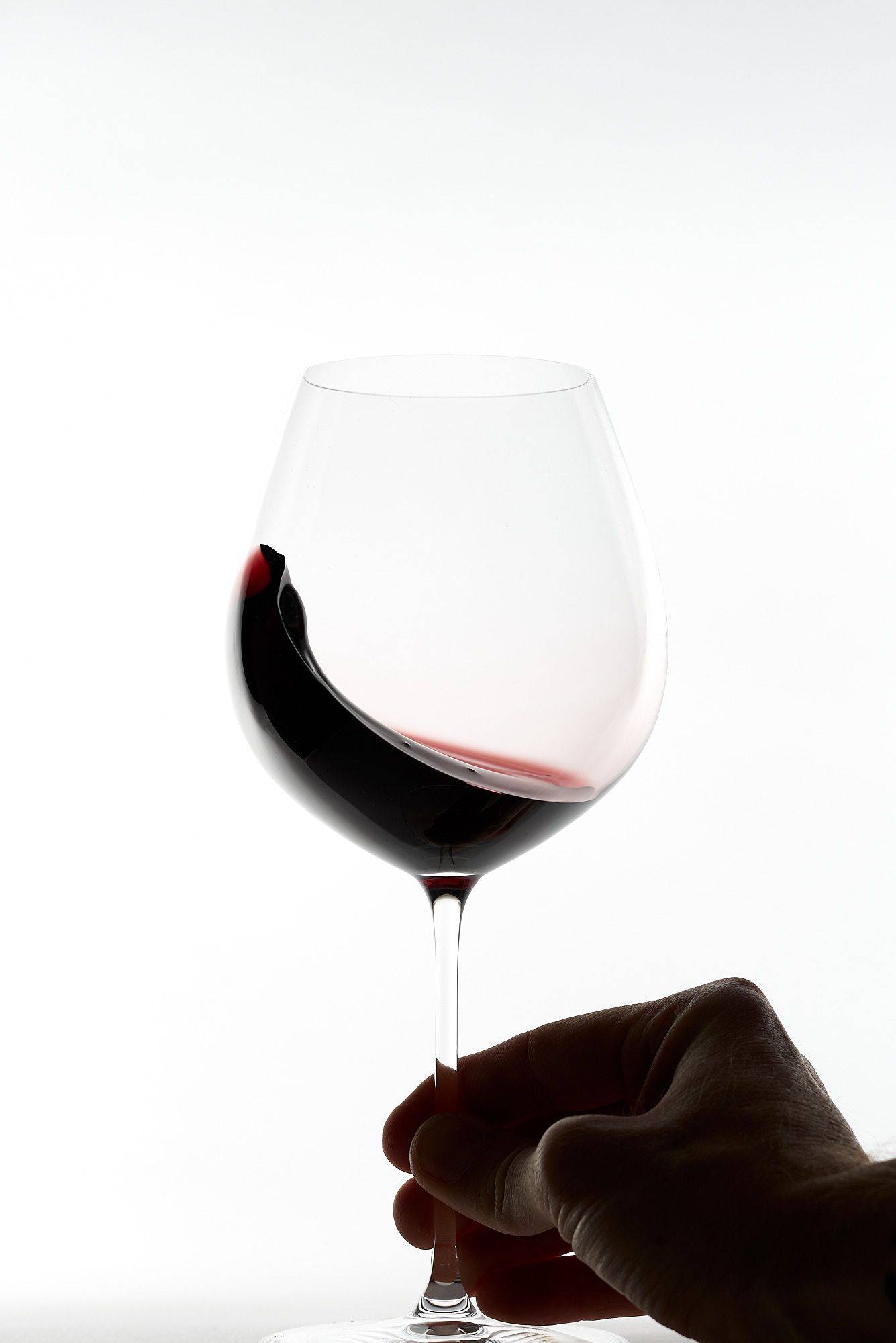
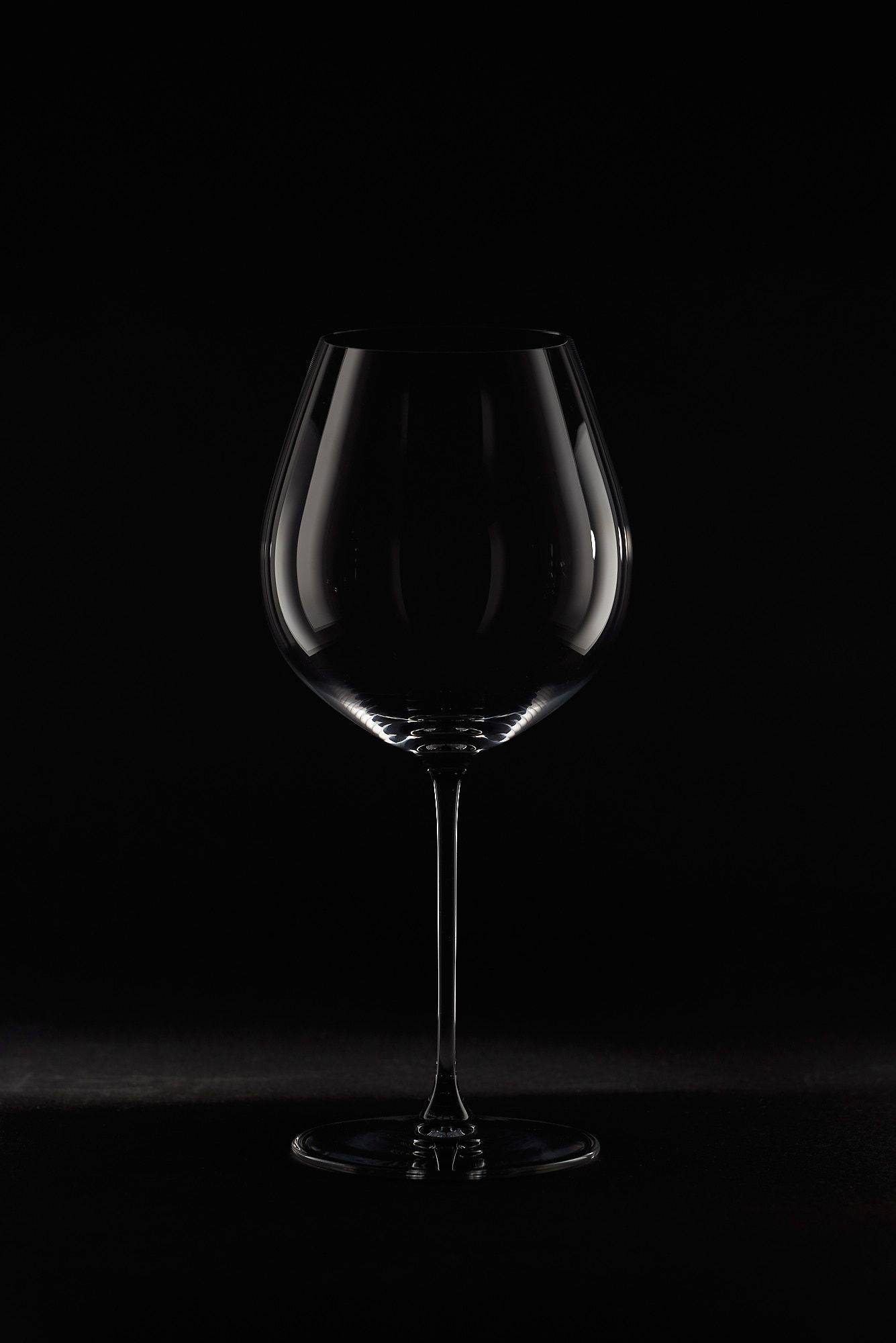
Veritas Old World Pinot Noir glass
This glass is bulbous and tapers slightly upwards. As a rule, it belongs to what we call red wine glasses. The wide body of the glass allows the wine to breathe wonderfully and connoisseurs also like to perceive the full aroma. It takes away some of the acidity and emphasizes the fruit with its architecture. All this is achieved only by the shape of the glass.
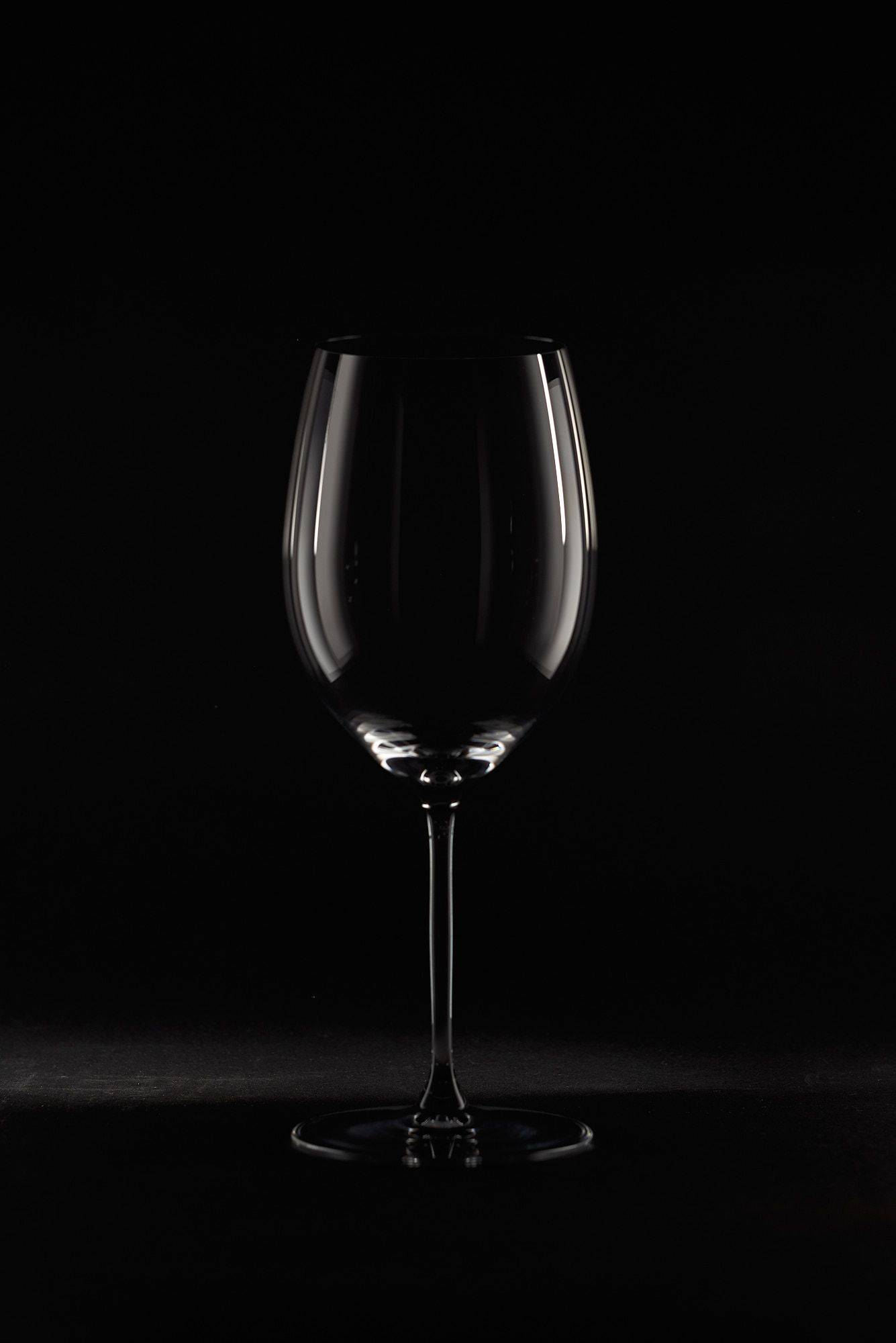
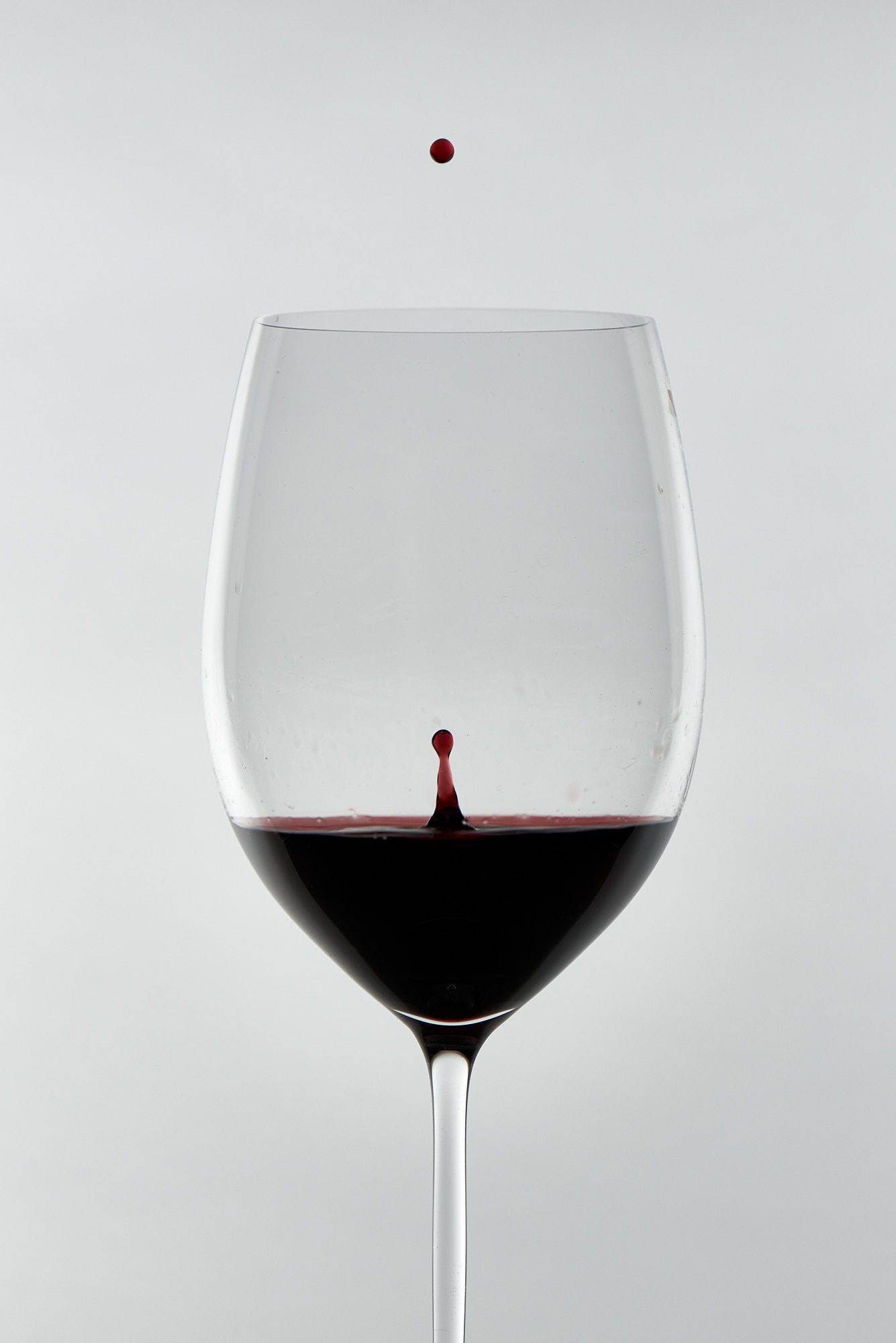
Veritas Cabernet / Merlot glass
Red wine glasses, as I’m sure each of you knows, are rather chunky to be able to swirl them well. Again, the differences are logical when you apply them. The glass for this wine is bulbous and rather wide open towards the top. This is because a Cabernet or Merlot, for example, has a lot of tannin. Therefore, this glass emphasizes the fruit and acidity, as well as the perception of the bouquet. The tannin of the wine should in turn be limited by the shape of the glass.
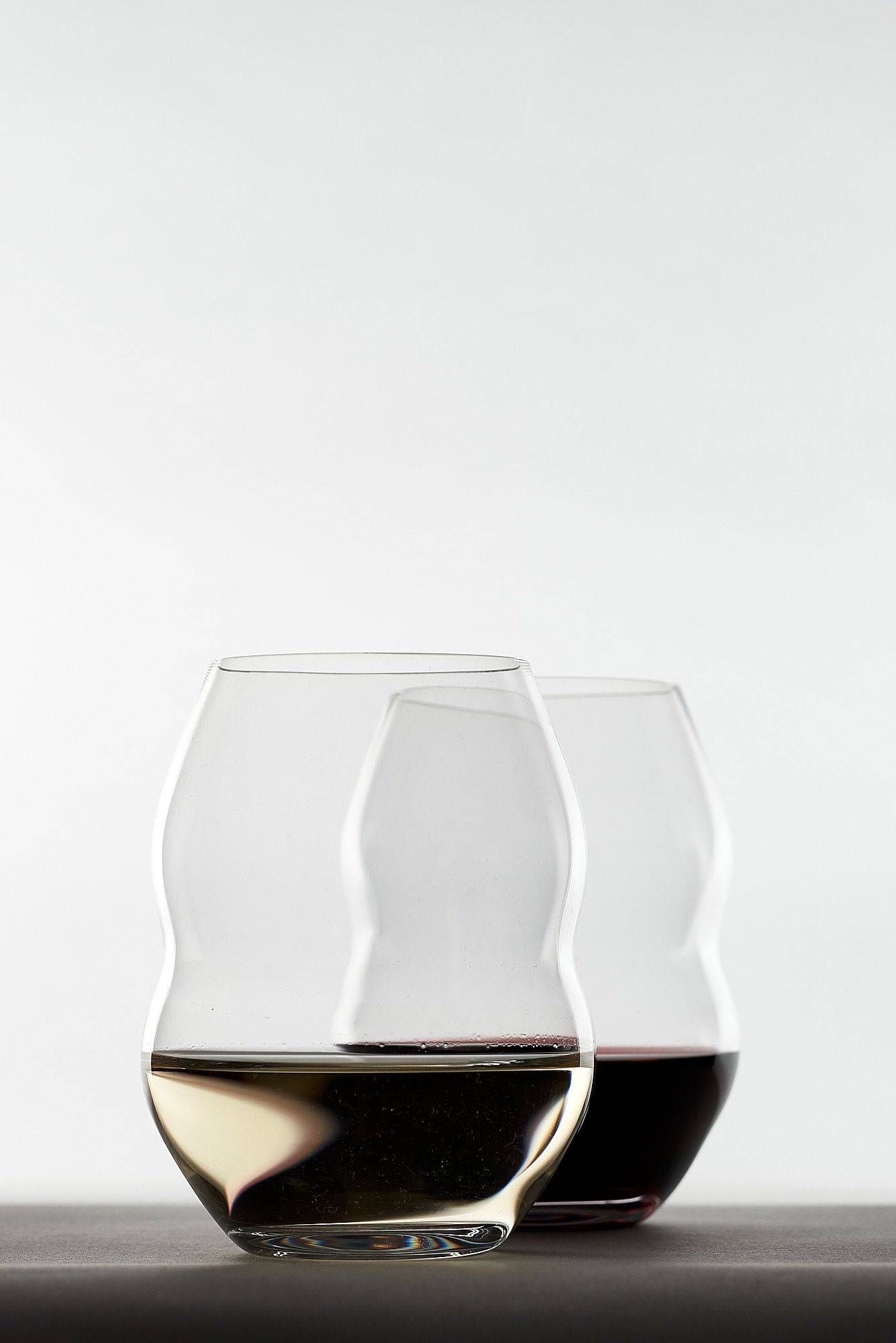
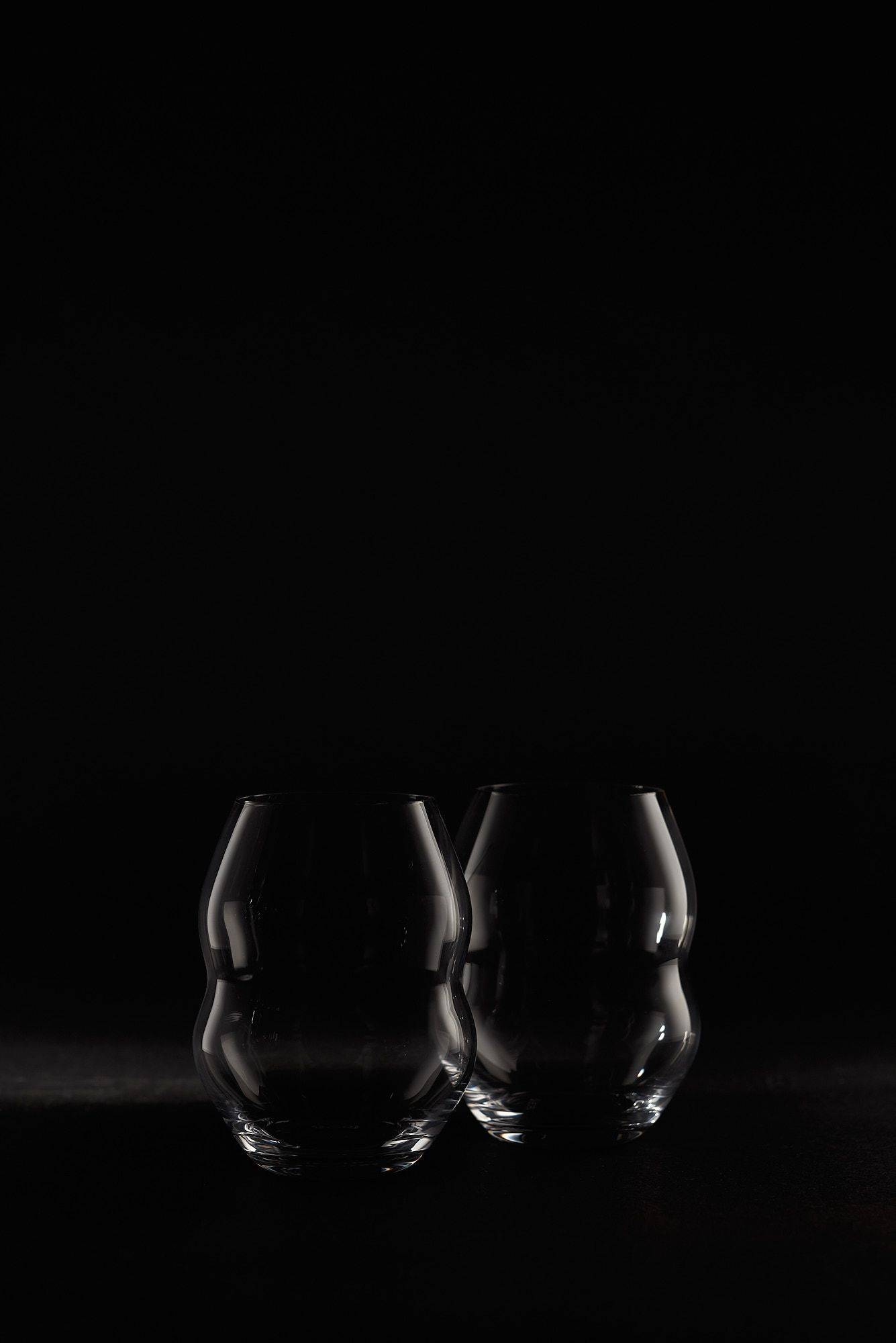
Veritas Swirl glass
A glass that could be anything, a glass for basic needs. For this reason, it is often the most used. So, in some households, everything from water, tea, wine to coffee is drunk from this all-rounder. These glass hybrids, “one for everything”, make it possible to serve many drinks in one good glass, even for the small purse. For me, the most important purchase of all. Therefore, it is necessary to find a glass that is not too thick, but still easy to clean. One that can be enjoyed casually day in and day out.
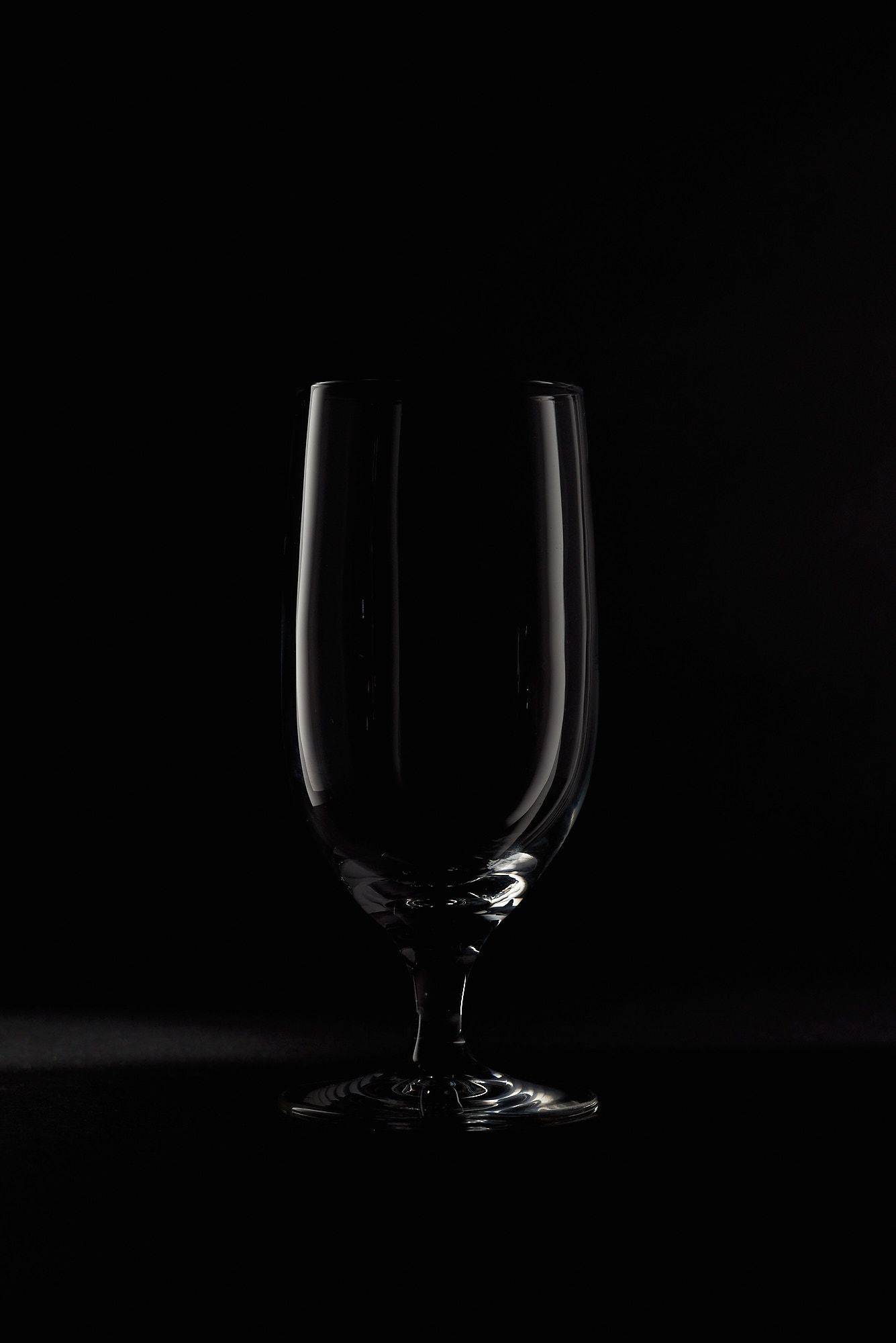
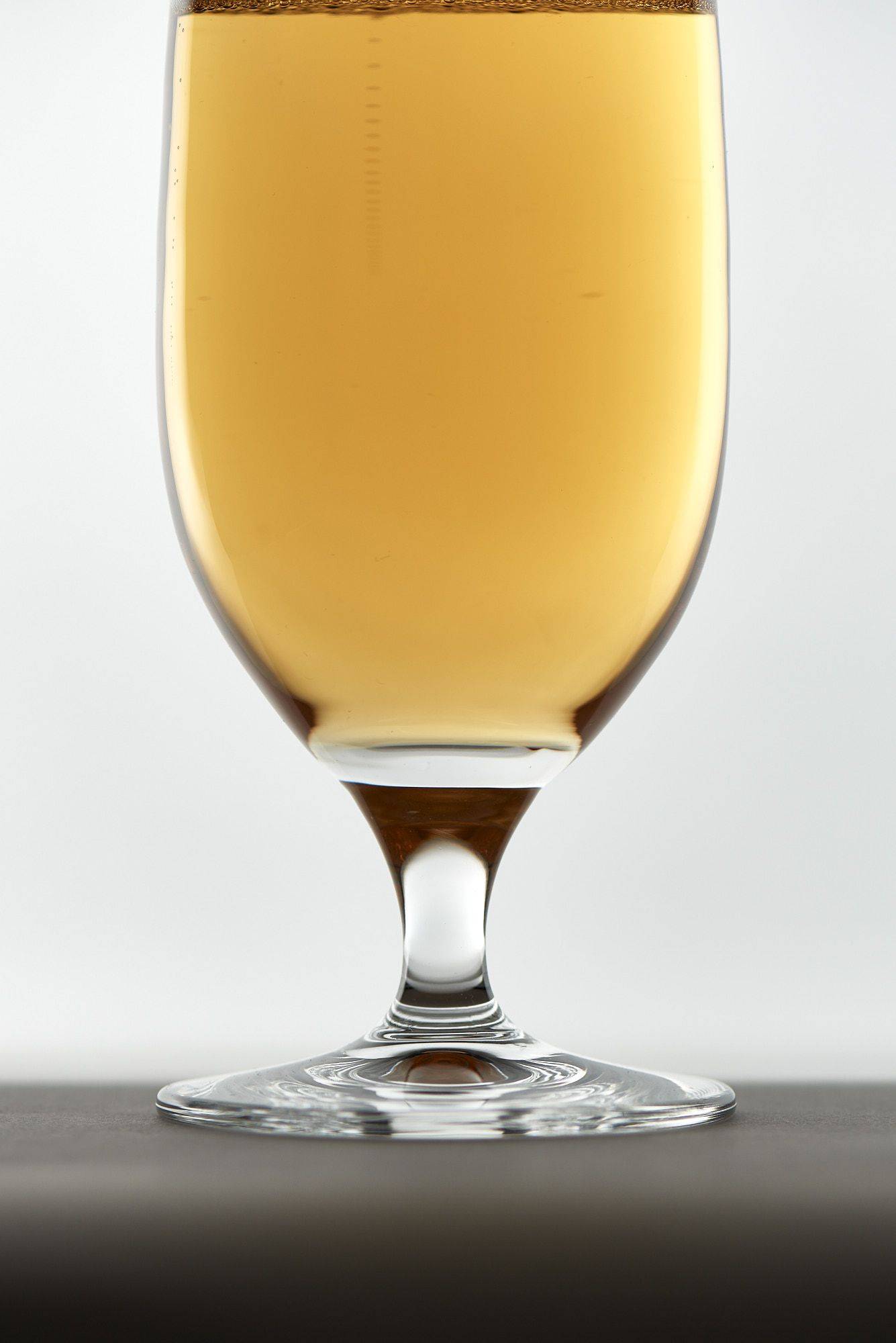
Beer-tulip
A beer glass in Germany comes in various shapes, strengths and sizes. However, the classic is often the bottle itself, which is used as a glass, but in this case from the beer tulip. A nice tulip is a little bulbous and slightly pointed towards the top. It is not blown too thick and emphasizes the perlage like a champagne glass. For the beer connoisseurs and lovers, let us say the following. Since the art of brewing is also breaking many new ground and beer is being made with different flavors, a bulbous glass like the Pinot Noir is often the best choice to experience the full spectrum of flavors. Otherwise, all the art of craft brewing would be so swallowed up. The formation of flavors and perception also require some space, as is the case with wines.
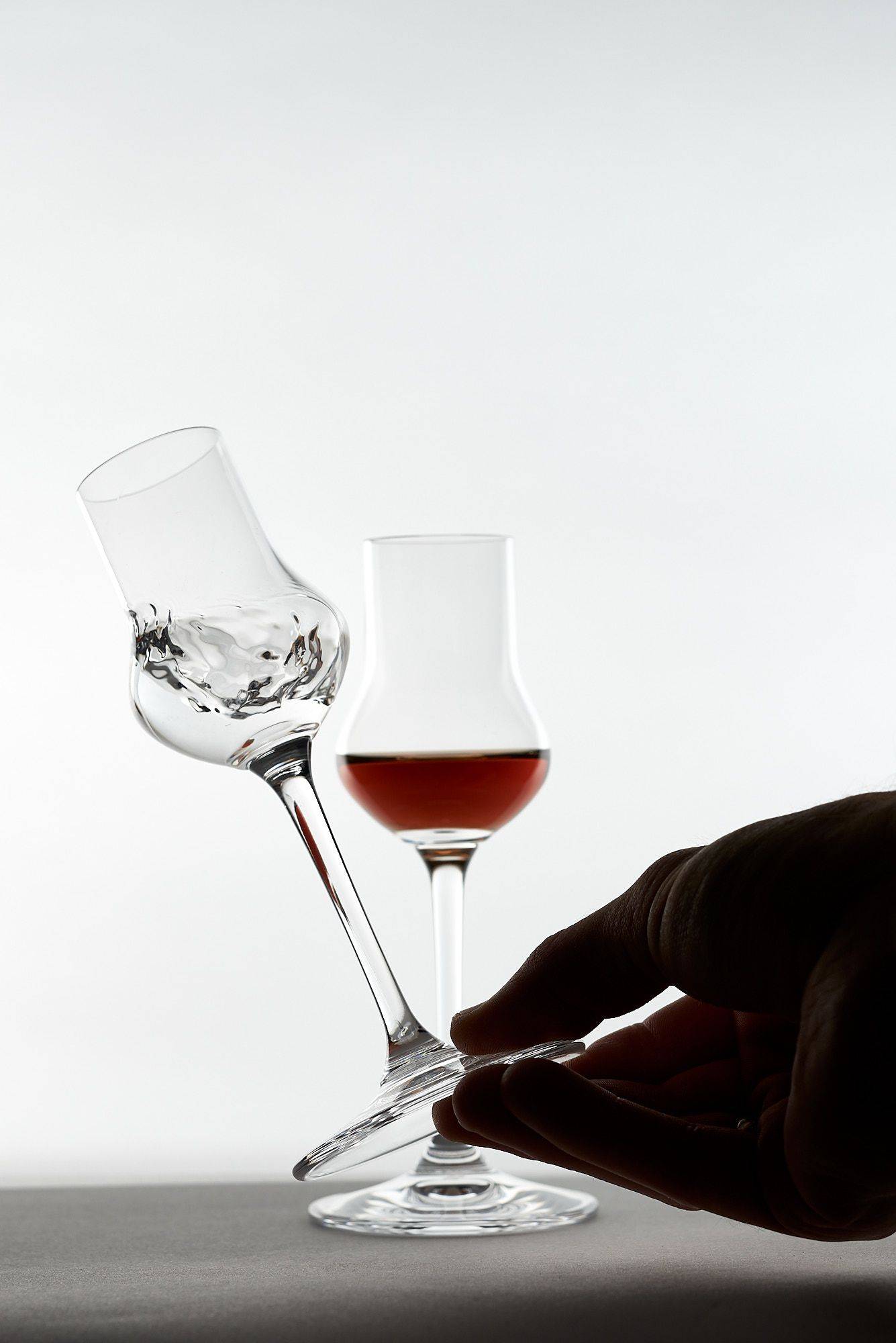
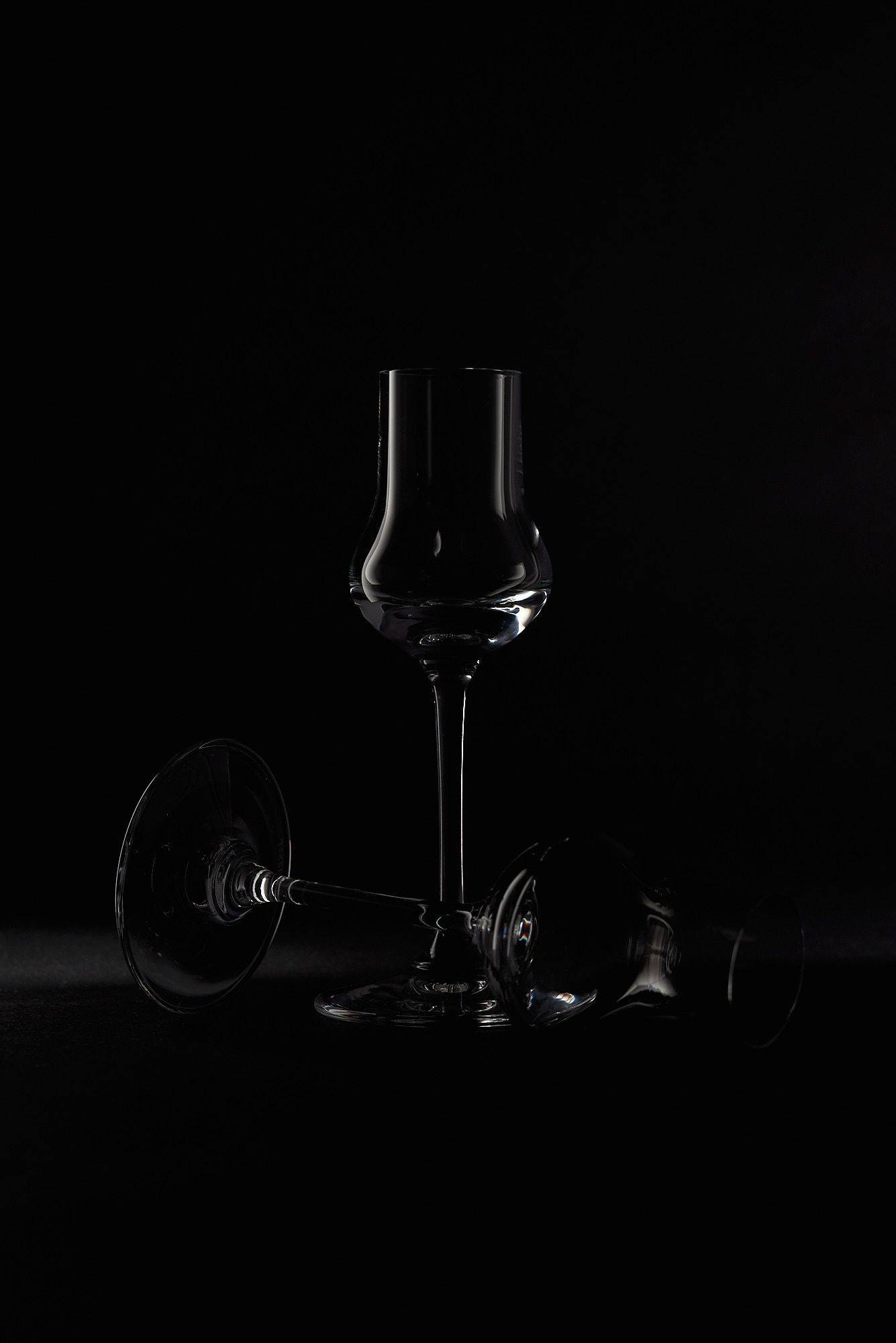
Spirits nosing glass
These small, flat and very narrow glasses, allow the rather high-proof spirits, such as grappa or “Obstler”, to develop their fragrance and aroma and to make the fruity nuances more perceptible. It is not a must, but since I like to drink a digestif after a good meal, this glass also belongs in my collection.
Summary and recommendation
It is truly a pleasure to drink from Riedel glasses. Not only can you see the quality, you can hear it when you clink the glasses, but most importantly you can feel and taste the difference. There is the option of the all-rounder, like the Swirl glass, which can be a great starter and also saves you money. Continue perhaps with a white and red wine glass to a full series of glasses tailored to your own preferences. My conclusion: certainly not everything is necessary but, if you put a lot of emphasis on quality in the glass, it is also advisable to put the right glass on the table.
My first choice would be:
- Swirl
- Champagner Wine Glass
- Cabernet & Merlot Glass
- Old World Pinot Noir Glas
- Decanter
You can always want more, of course, and you can always expand your glasses (which, as a wine lover, I will definitely do), but hand on heart, who among us drinks such a wide range of wines and also at a quality that justifies buying all these glasses? With the above glasses you can already be a very good host. If you then also use, for example, a sparkling wine in a bulbous glass and know why, no questions remain open anyway.
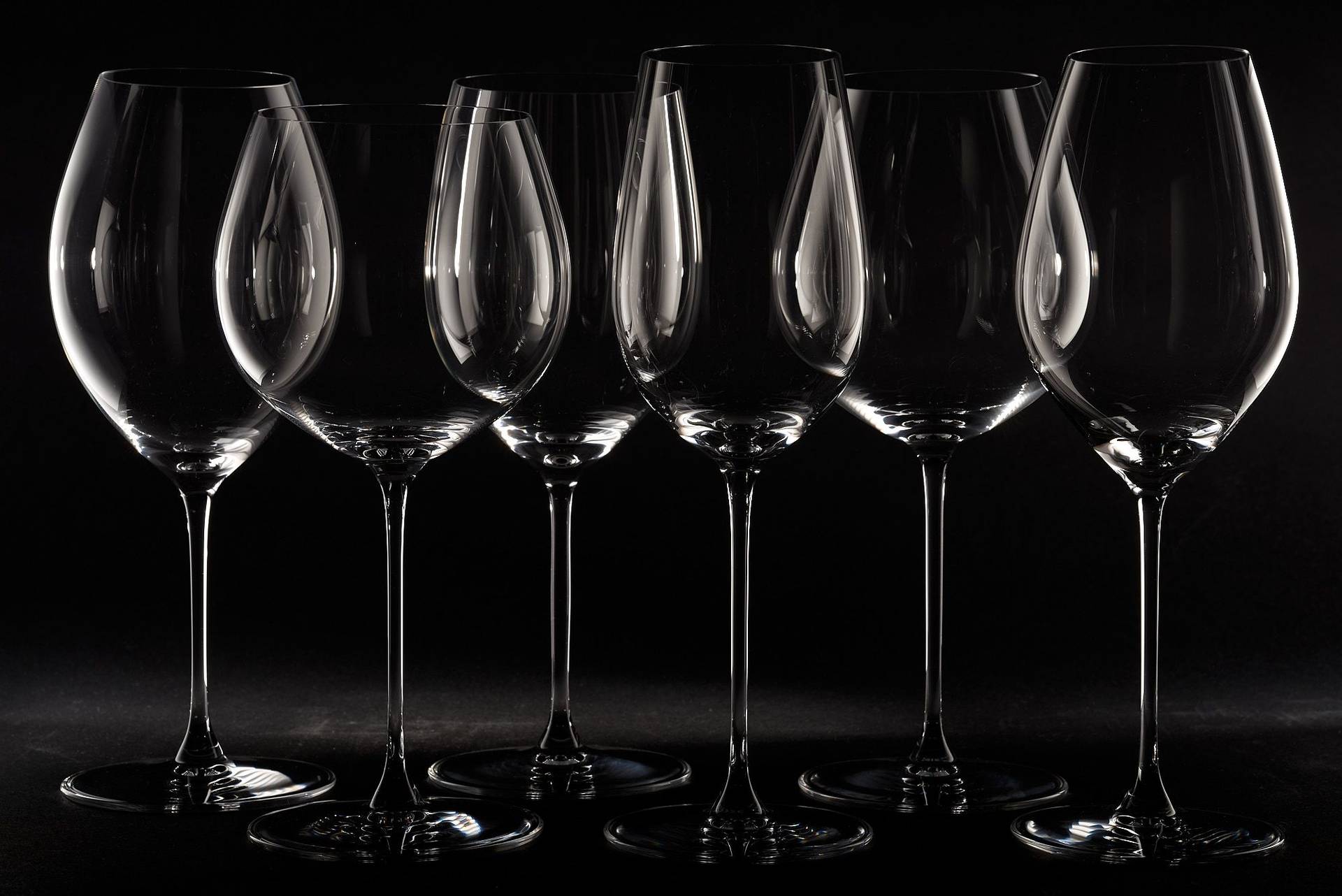
Newsletter
Can’t get enough?
Get some secret ingredients through our newsletter!
